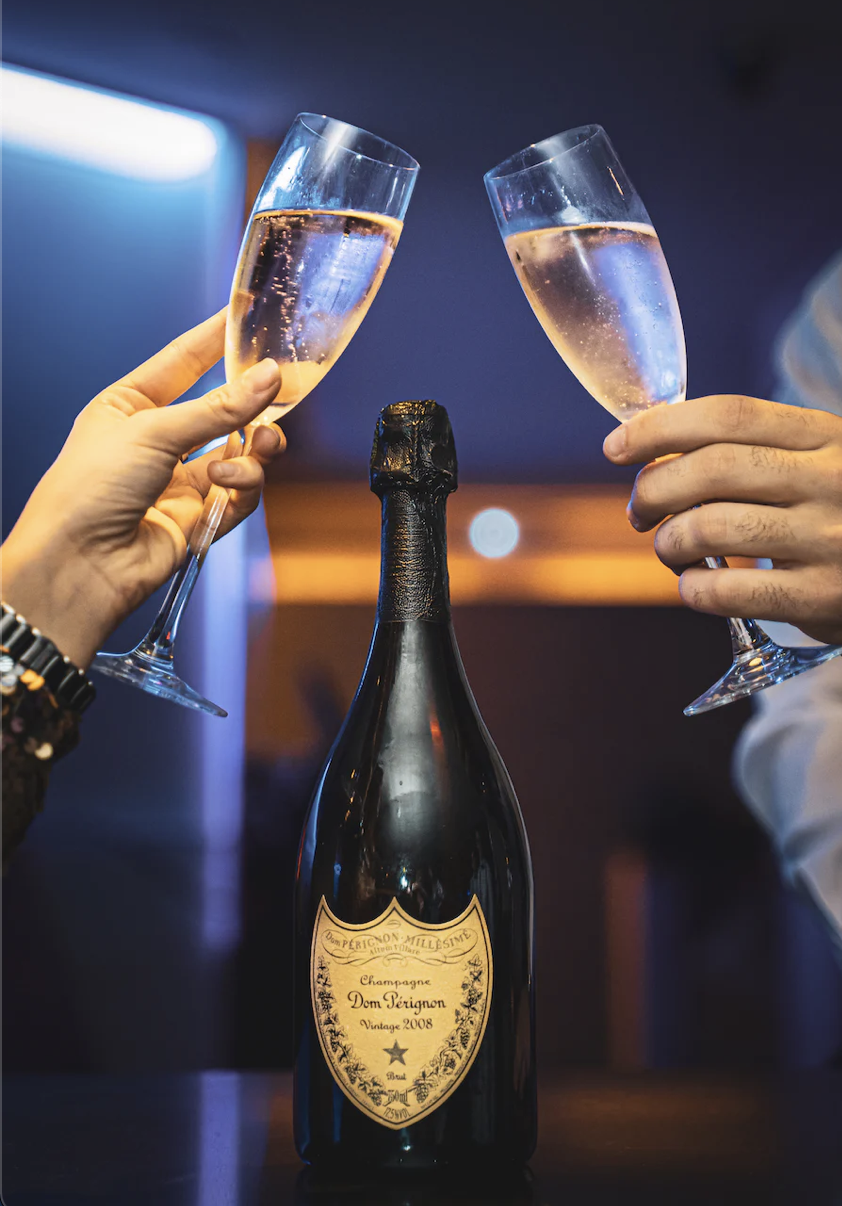Did a Benedictine monk invent champagne?
In addition to prosecco, champagne is very popular when there is an air of celebration.
In particular, there are some French bubbles which, despite having become the reflection of a very expensive tradition, have truly humble origins.
According to legend, this champagne was invented thanks to Benedictine monk Dom Pierre Pérignon. The monk, born in 1638 in Sainte-Menehould, France, learned about wine as a child while his father worked in the vineyards.
In 1656, he was welcomed into the abbey of Saint-Pierre d'Hautvillers, where he was ordained a priest at the age of 30. There he remained until he died in 1715.
Among the monastery's activities was the production and sale of wine, and Dom Pierre was given responsibility for the cellars. And this is where the birth of champagne has two versions.
The first refers to an error. During the preparation of white wine, some bottles exploded, which made the monk realize he could make sparkling wine.
According to the other narrative, however, Pérignon would have added sugars and flowers during bottling, causing refermentation. Therefore, the monk should have discovered that it is the second fermentation that "moves" the wine.
However, not everyone agrees in attributing the paternity of champagne to Pérignon.
According to The Champagne Company, the story above circulated due to an 1800s "embellished marketing campaign."
However, historians believe the monk invented various methods to improve Champagne production.
Pérignon created wine with black grapes, "created the traditional second fermentation process, or méthode champenoise," and "used corks with hemp to stop the wine bottles from exploding."
However, some believe Dom Groussard (Pérignon's Abbey of Hautvillers successor) promoted the champagne invention myth and revealed that Pérignon could recognize any vineyard by tasting a single grape.



